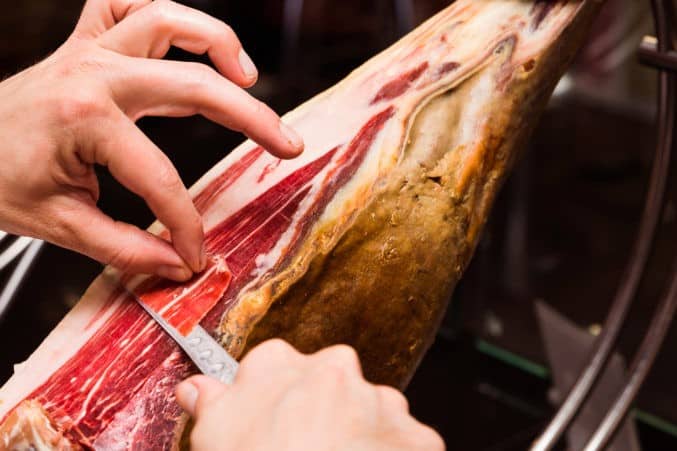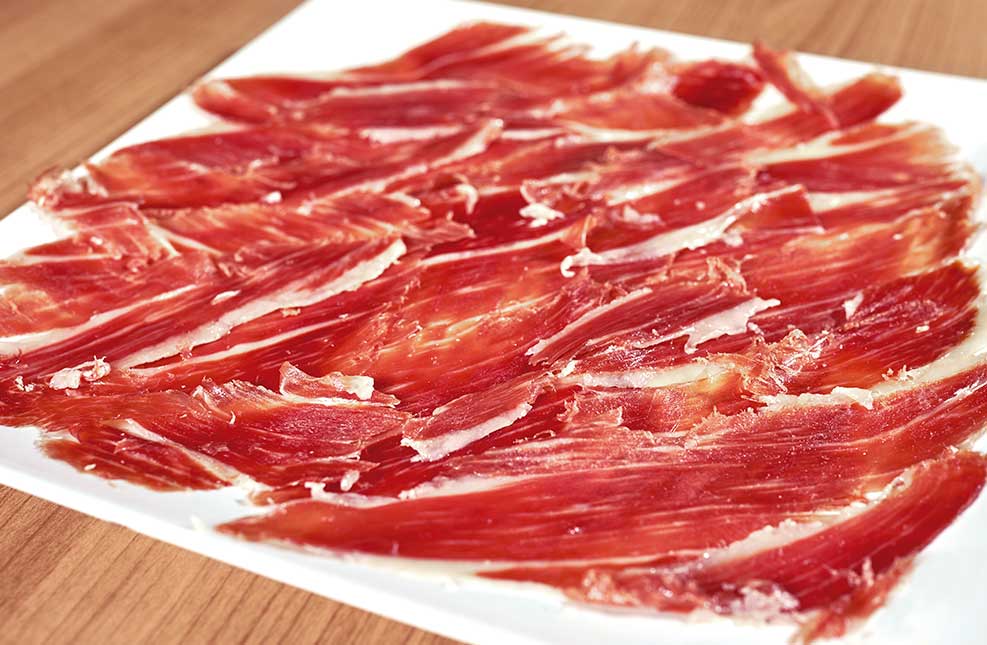
Iberian jamón is not a cold meat per se
Is Iberian ham a type of sausage? This is a question that all of us have asked ourselves at some point, and many people still don't know the correct answer.
Iberian ham is NOT a sausage, it's a cured meat. The production process is what sets them apart. Keep reading, and we'll explain why! Additionally, discover other false myths like "it's best to cover the ham with its own fat" or "if it has white spots, it's bad".
Why is Iberian Ham Not a Sausage?
Sausages are all meat derivatives prepared from typically minced meats. This meat is usually mixed with pork fat, blood, plant products, seasonings, and spices including paprika, pepper, or garlic among others. The mixture is then put into different types of sausage casings, whether natural or artificial, and the whole is subjected to a curing process.
In contrast, ham is a cured meat. In this case, the production process is different. Essentially, it involves curing the meat, i.e., preserving it under very specific conditions involving salt, time, wisdom, and care. At Enrique Tomás, as ham experts, we refer to this part as "the ham cooking process." To learn more about the ham curing process, we recommend reading about the:
- Stages of Ham Curing
In summary, to produce ham, it's not necessary to encase it in casings; rather, it results from the drying of the pig's hind legs through salting.
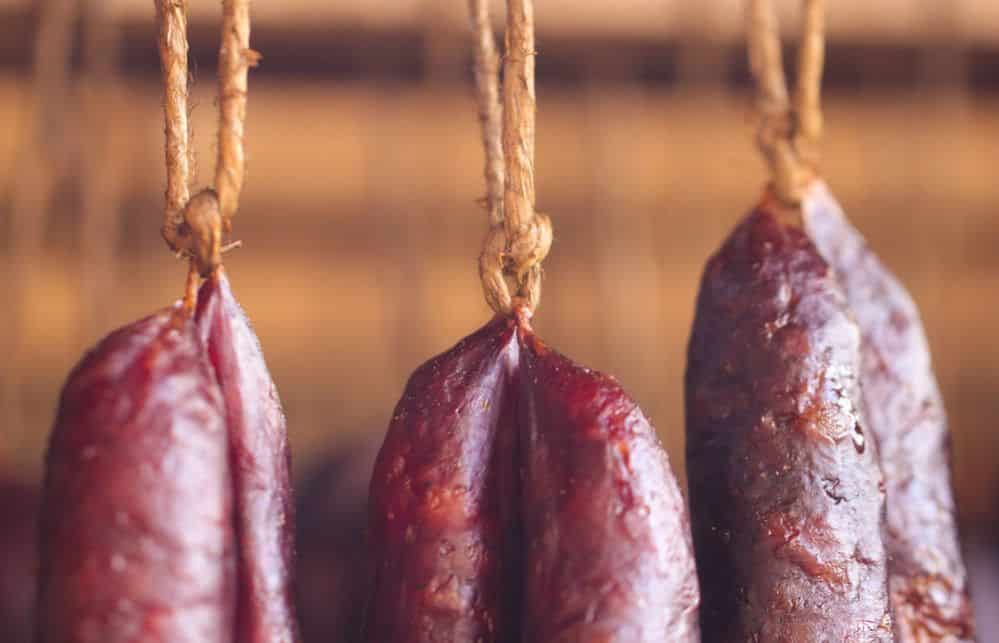
Curing of Sausage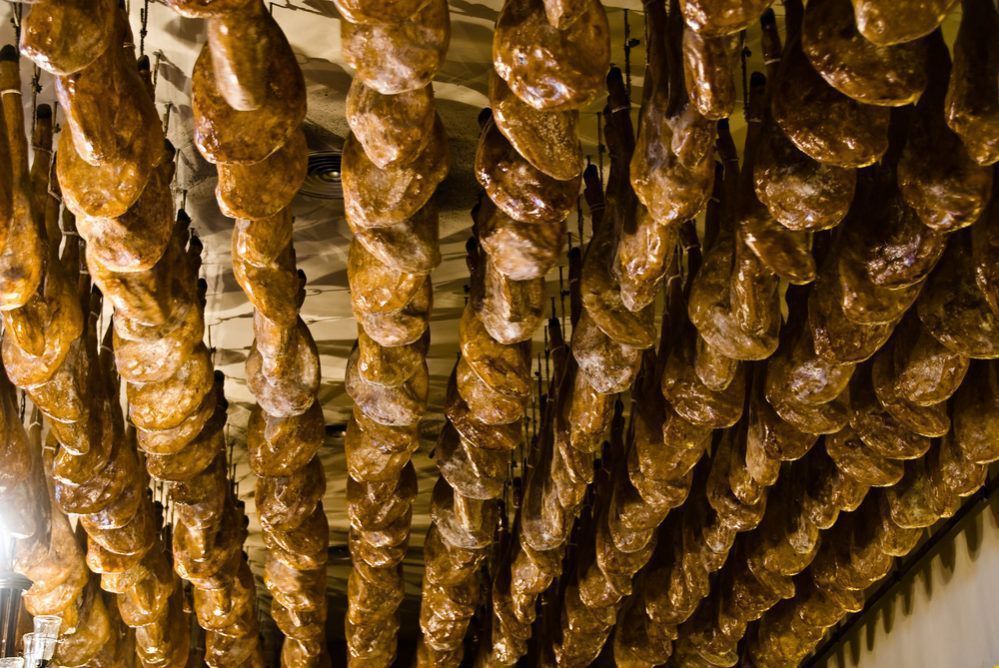
Curing of Ham
Types of Sausages
So, what are the types of sausages? Generally speaking, we can find different classes of sausages based on the different environmental maturation conditions that the product undergoes.
At the same time, we must also consider the additives and ingredients added to the mixture, as this will also determine the type of maturation for the product. One of the most notable differences is whether they are raw or cooked. In the raw category, we find sausages like chorizo, salami, or longaniza. Among the cooked varieties, we have turkey, York ham, or sweet ham.
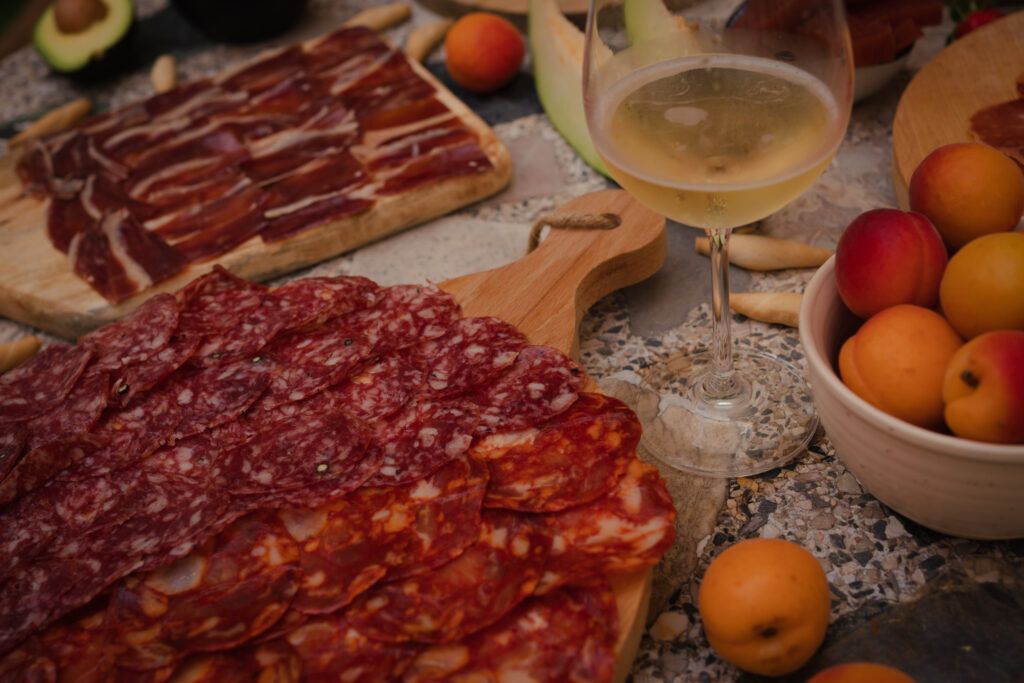
Table of Iberian Sausages
For the raw types, another important classification is whether they are Iberian or not.
Iberian sausages are made from meats from Iberian pigs (of Iberian breed), meaning from the Iberian Peninsula. The most traditional are salami and chorizo. For an animal to be considered Iberian, it must have at least 50% Iberian racial purity. Loin, although included among the sausages, is not a sausage per se but rather a cured meat, as it is also made from a whole piece of meat, not minced or treated beforehand.
At Enrique Tomás, we have several types of each, as well as longaniza and fuet, which are equally well-known and appreciated for their delicious flavor. These types of Iberian Spanish sausages can be consumed in various ways and formats, just like ham, whether in whole pieces or in vacuum-sealed sliced packs.
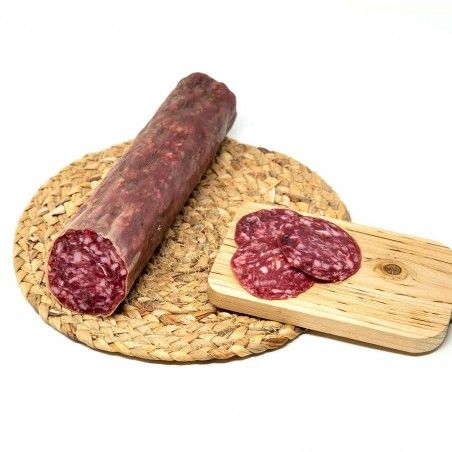
Iberian Acorn-Fed Salami Campaña - Half Piece
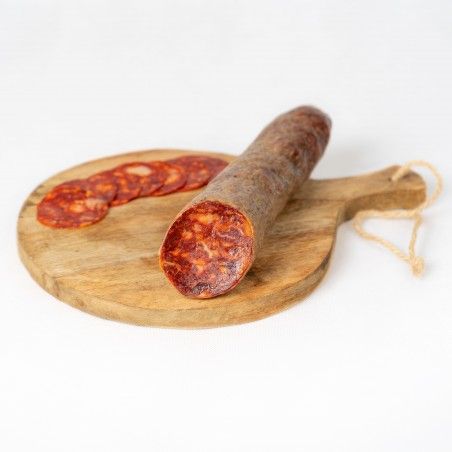
Iberian Acorn-Fed Chorizo Campaña - Half Piece

4 Star Premium Loin - Half Piece
How to Consume These Products
While ham isn't a sausage, both of these products are enjoyed and tasted in similar ways. To do so properly, you need to consider the product's temperature, the cutting (in the case of a whole piece), duration, and storage.
The optimal temperature to enjoy ham and sausage is between 20 and 25°C. If you have a whole piece, you can start slicing and consuming directly. However, if you have ham or sausage in sliced and vacuum-sealed format in the refrigerator, remember to take them out about 20 minutes before consuming to allow them to reach the ideal temperature and remove the vacuum-sealed packaging.
The optimal shelf life of a whole piece is about 15 days, and for vacuum-sealed packs, it can be up to 90 days. To properly store them in each case, we recommend: How to Store Ham.
One of the ideal ways to fully enjoy their flavor is through a platter of Iberian ham and sausages. Discover how to prepare one in:
- How to Prepare a Sausage Platter? and see the results in the following image.
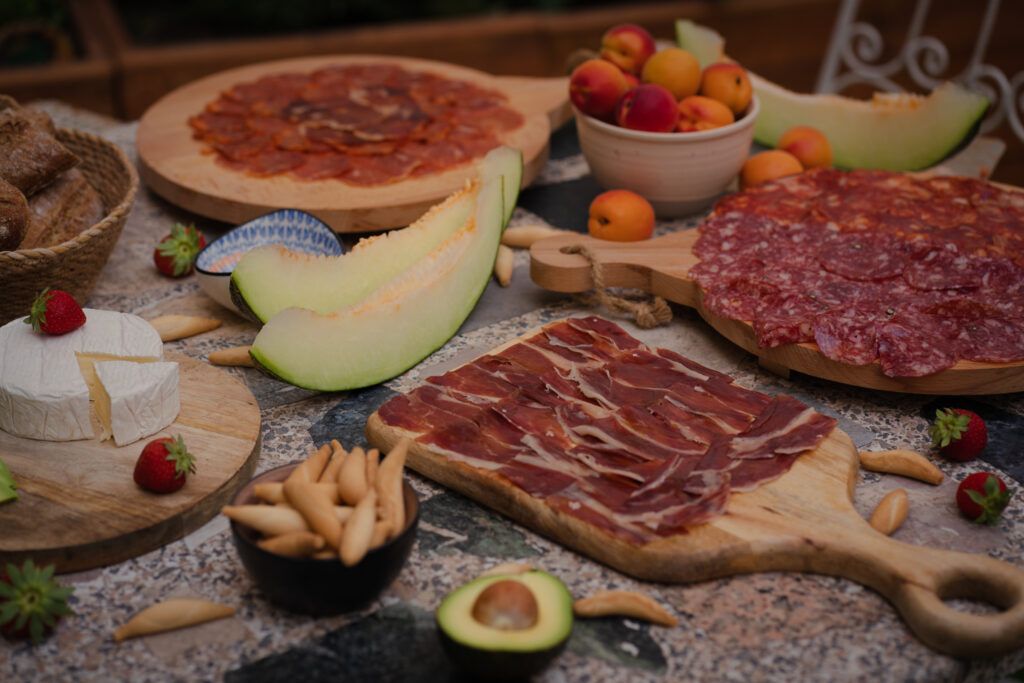 Table of Iberian Sausages and Seasonal Fruits
Table of Iberian Sausages and Seasonal Fruits
Other Myths About Ham
"The most expensive ham is the best"
In many contexts, we tend to think that the most expensive is the best. The same applies to the world of ham, which is why at Enrique Tomás, we want to debunk this belief. The best ham is the one that you enjoy the most. Some people prefer it more cured, others prefer it tenderer, some prefer it more flavorful, and others less salty.
To find the best one for you, especially if you're not familiar with them, it's ideal to seek advice from our experts or try different varieties to determine which one suits you best.
- Does Good Ham Have to Be Expensive?
"If ham slices have white spots, it's not in good condition"
The white dots are crystals of one of the 20 amino acids that make up proteins: tyrosine. They appear during the maturation process and are an unequivocal sign that the ham has been properly cured. One property of tyrosine is its low solubility, so when the water in the ham tends to evaporate, it re-forms as these white crystals, indicating optimal aging and a product of the highest quality.
"You should cover the ham with its own fat"
The optimal way to store a piece of ham is to place it in a cool place without drafts and cover it with a cotton cloth - one that doesn't shed lint - to prevent light from penetrating the cut surface. Conversely, if you leave it in contact with fat, it will oxidize once sliced, and its rancid flavor will transfer to the ham, negatively affecting its taste. The fat removed from the ham when opening it should be discarded.
